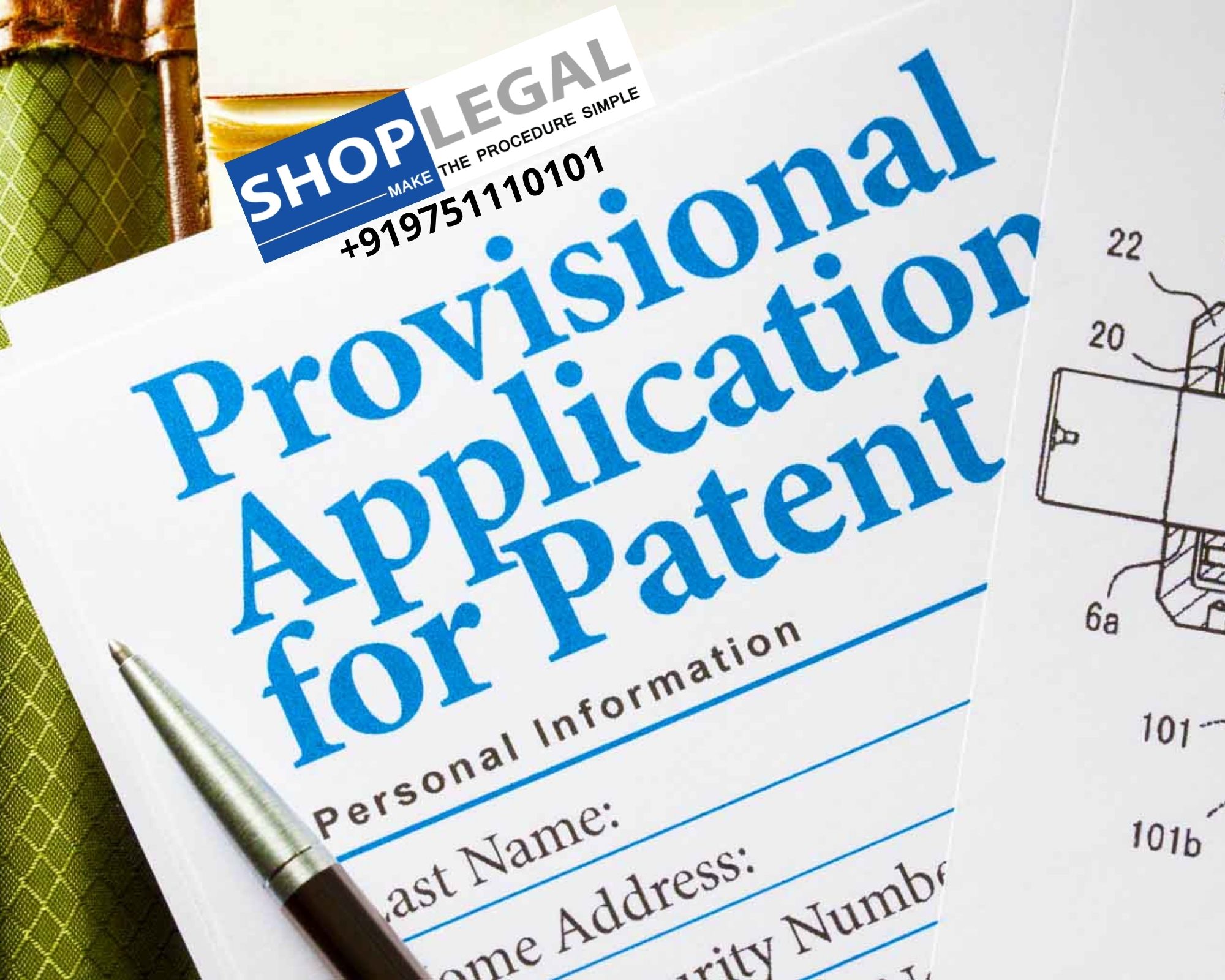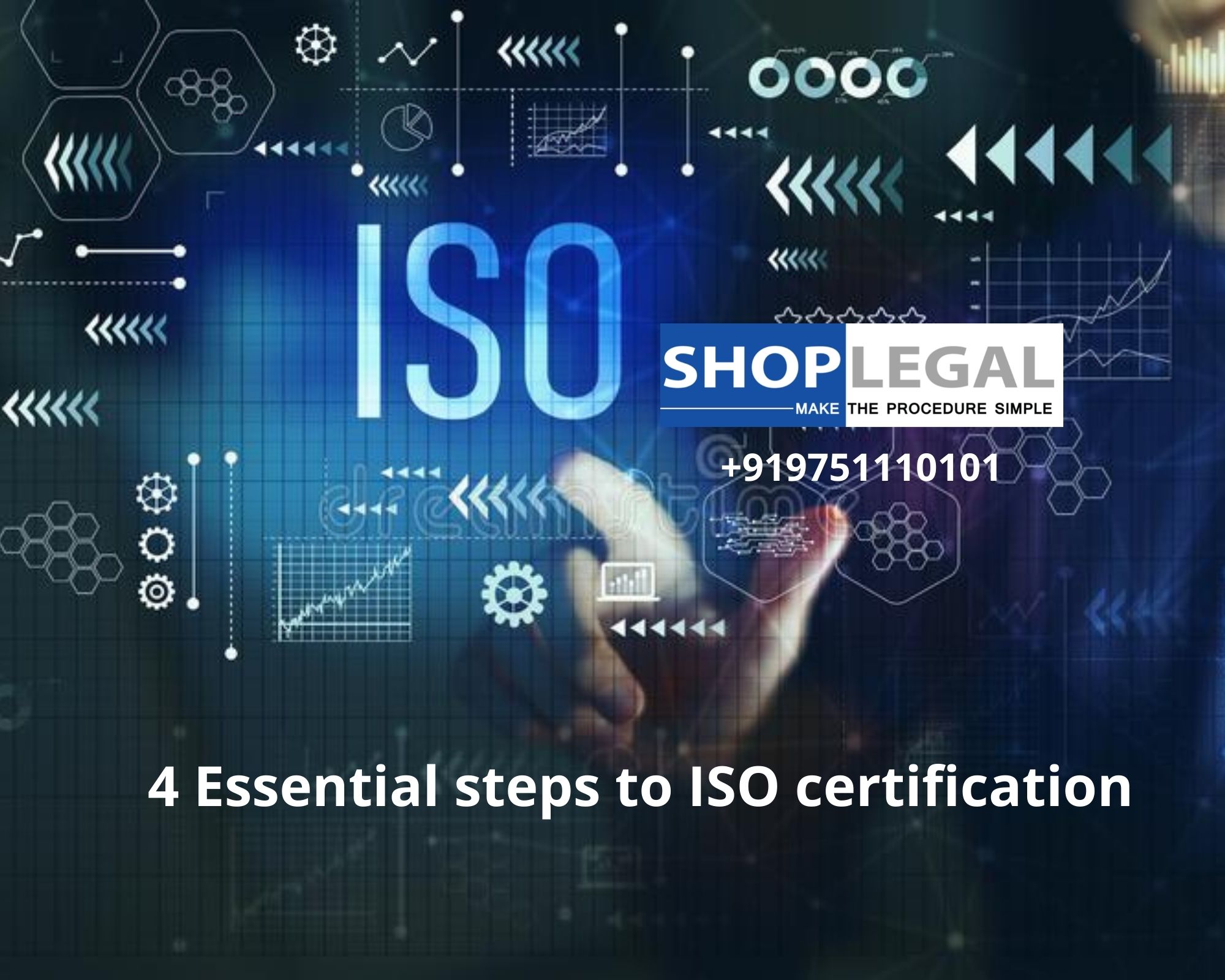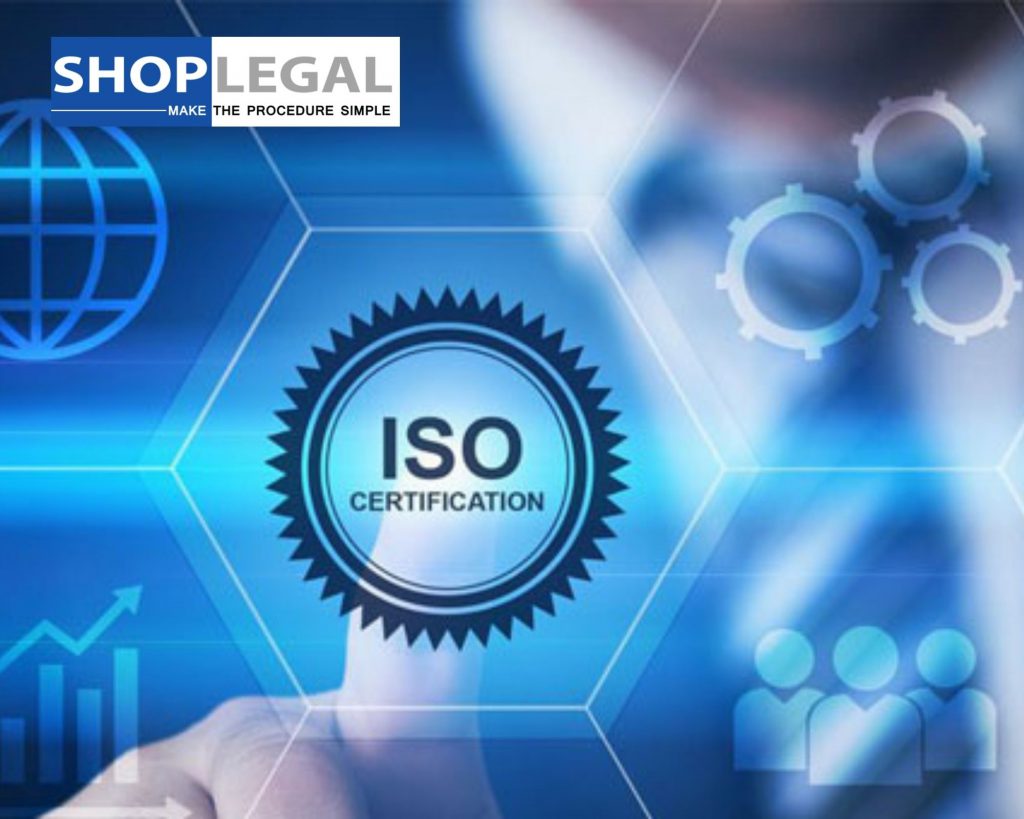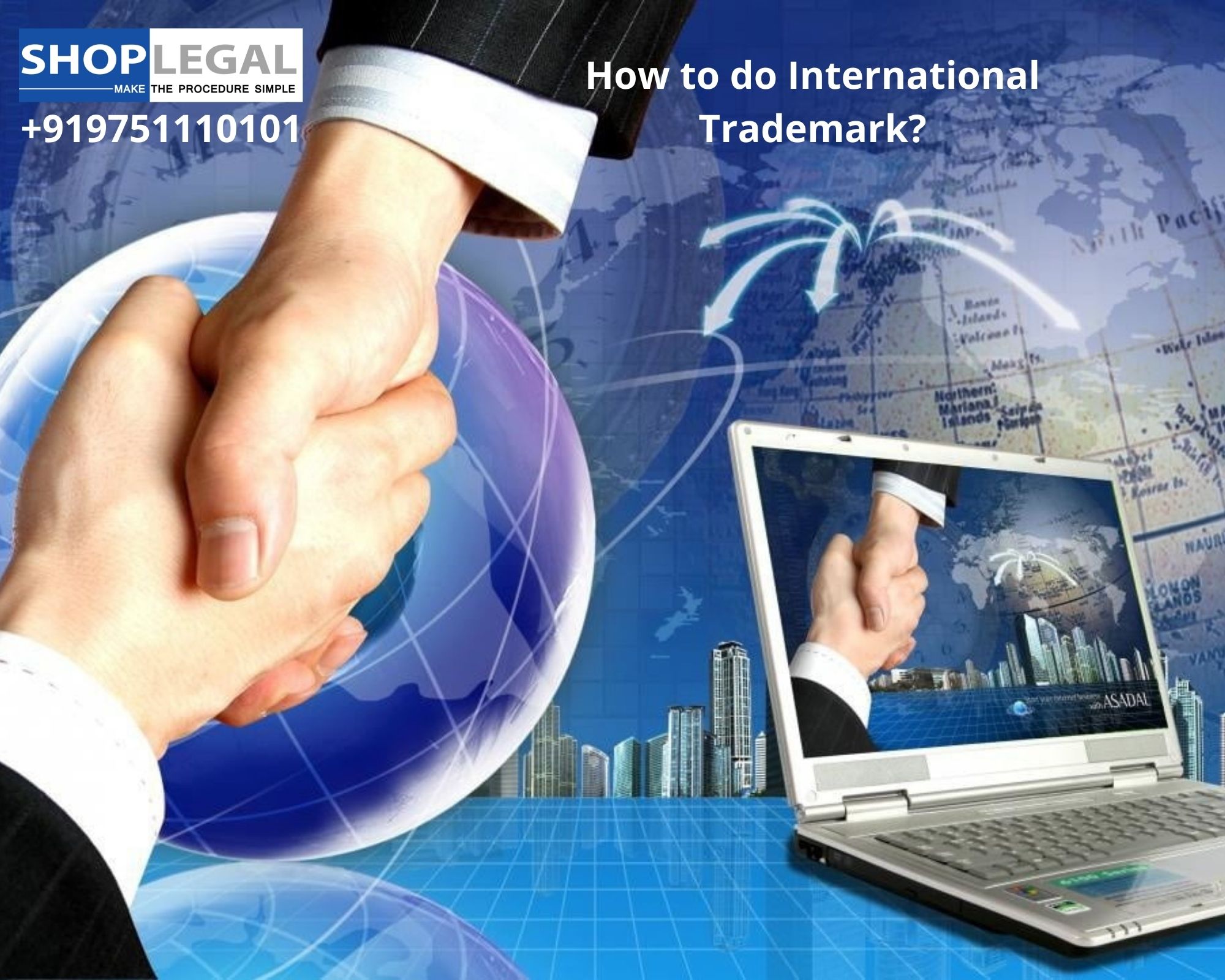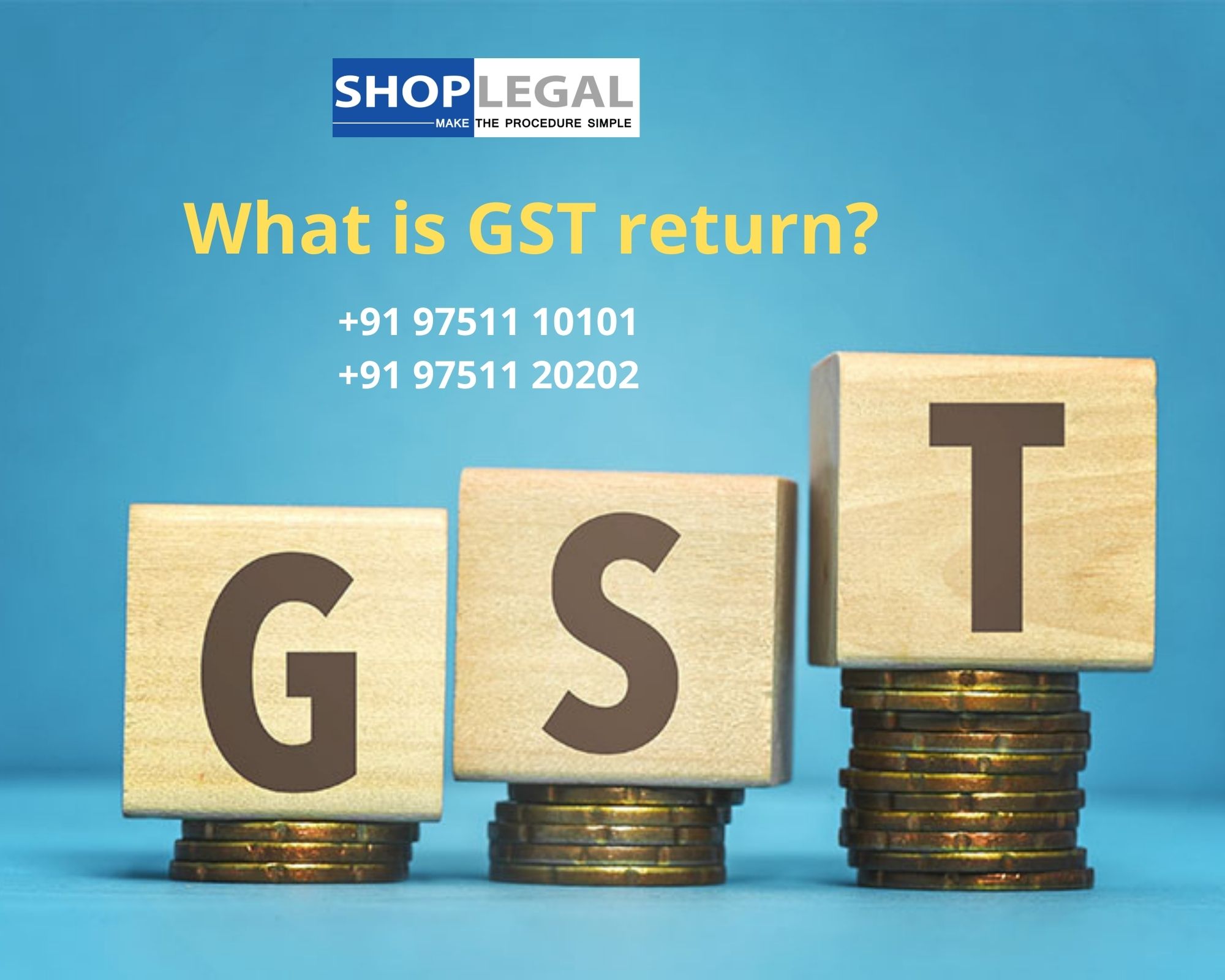Patent litigation 2022
Patent litigation in India has seen a few fascinating improvements as of late notwithstanding the tenacious COVID-19 pandemic. Truth be told, one of the improvements isn’t simply “fascinating” yet brilliantly affects the whole IP scene in India.
This improvement is the abolishment of the particular semi legal body – the Intellectual Property Appellate Board (IPAB) – that used to manage most IP issues, for example, requests from refusal of IP privileges and amendments/disavowals. On one side this has finished the long yet turbulent excursion of IPAB, on the other, it has catalyzed significant changes in IP that may ultimately prompt specific IP courts in India not long from now. Something that IP right-holders have pushed for quite a while.
Cancellation of IPAB
Towards the finish of spring in India, on 04 April 2021, the Central Government amazed the IP crew by proclaiming The Tribunals Reforms (Rationalization and Conditions of Service) Ordinance. IPAB was cancelled, and drives vested in IPAB were moved to High Courts that are now over-troubled and need specific IP seats. They presently shoulder the extra weight of hearing IP requests and disavowal activities that include issues requiring specific specialized and legal examination, which was prior made conceivable by the mix of a legal part and a specialized part in IPAB.
IPAB was comprised in 2003 for hearing requests and undoing of freedoms in issues emerging out of trade marks and topographical signs. Preceding the constitution of IPAB, such requests and retractions were heard by the courts. As respects licenses, courts kept on hearing requests and petitions for repudiation of licenses until the Patents (Amendment) Act, 2005 gave such ward to both IPAB and the High Courts.
It was exclusively in the year 2007 that the patent seat of IPAB was comprised and from that point forward these issues have been exclusively heard by IPAB. This Bill, which has now been passed by the Parliament of India, would return IP litigation technique to the circumstance as it was before 2007 for licenses and before 2003 for trade marks and geological signs.
Notwithstanding the enormous volume of litigations, which along with the intricacies of the issues in question, required moderate change, abolishment of IPAB addresses a relapse. This is viewed by specialists as a stage in reverse as opposed to a development. Especially for licenses, the specialists accept that focused and particular gatherings, for example, IPAB might have given assisted results.
By having a specific council, settlement of mind boggling specialized matters might have taken less time, which is fundamental notwithstanding the restricted life expectancies of licenses. This is bothered by the way that there is no arrangement in India to change the term of a patent for the defer experienced in giving a patent (purported beneficial security).
These are by all accounts not the only worries. Abolishment of one single council and, thusly, IP matters being heard by various High Courts likewise brings the gamble of clashing choices from simultaneous High Courts, particularly in issues where a patent is tried to be renounced. Under the ongoing plan of the Patents Act, a patent might be repudiated by documenting a denial request before IPAB or recording a counterclaim in a suit for encroachment.
New IPD Rules
While any remaining High Courts utilized their current systems and rules to deal with the litigations that were being moved from IPAB, the Delhi High Court made a huge stride and outlined draft manages explicitly for IP matters and the recently made IPD. On 10 December 2021, the Delhi High Court published a draft of the finished standards however these are yet to be informed.

The main draft of the principles was published as the Delhi High Court Intellectual Property Rights Division Rules 2021 on 08 October 2021, whereupon remarks and ideas from individuals from the Bar were welcomed. The individuals from the Bar and the partners overwhelmed the council responsible for outlining these principles with wide-running and itemized remarks and ideas. Solely after thinking about these ideas, was the draft of the settled principles published.
The main part of the proposed IPD rules is the compassion displayed towards people with a predetermined handicap (as furnished under the Rights of Persons with Disabilities Act, 2016) and the convenience these standards give to such people to the motivation of taking part in the procedures before the IPD. Rule 36, named Accessibility and Reasonable Accommodations, peruses as follows.
All filings before the IPD will be in a Portable Document Format with optical person acknowledgment (OCR) empowered with picture goal of no less than 300 specks for every inch (dpi).
The Court, suo motu or upon a solicitation made via application, may issue such direction(s) that it considers significant for giving sensible convenience to such person(s) with a predetermined handicap as perceived under the Rights of Persons with Disabilities Act, 2016 for the sole motivation behind partaking in the procedures before the IPD.
By and large, the guidelines will direct the issues recorded before the IPD and recommend the training and system for the activity of the first and investigative ward of the IPD and for other random petitions emerging out of unambiguous IP rules. A portion of the other remarkable elements of the proposed rules are as per the following.
For litigations other than patent litigations, the IPD might condemn, without the prerequisite of recording a particular application looking for synopsis judgment on standards likened to those contained all together XIIIA of the Code of Civil Procedure, 1908 as relevant to business suits under the Commercial Courts Act, 2015 22.
For patent litigations, synopsis settlement might be viewed as by the Court in the event that the litigation falls under any of the accompanying classifications.
- where the excess term of the patent is five years or less;
- an endorsement of legitimacy of the said patent has proactively been given by any High Court or the Supreme Court;
- in the event that the litigant is a rehashed infringer of the equivalent or related patent; and
- assuming that the legitimacy of the patent is conceded and just encroachment is denied.
In instances of various procedures connecting with something very similar or related IP privileges, regardless of regardless of whether the said procedures are between similar gatherings, the IPD will have the power and the tact to coordinate combination of procedures, hearings, and furthermore to coordinate solidified recording of proof/normal preliminary and united settlement.
In all matters documented before the IPD, advance duplicate will be served at the location for administration as likewise through email no less than 48 hours ahead of time, upon the opposite side. Upon advance duplicate being served, parties/advises/specialists/authority will be addressed on the main date of hearing under the steady gaze of the Court and no further notification will be given and the matter might be heard and discarded on the primary day of posting.
The new IPD rules intend to smooth out the training and methodology at the IPD and speed up the removal of IP litigations at the IPD, which would be a welcome move.













